Living independently is a major source of autonomy for people of all ages. If an individual is sick or has a potential risk of falling, certain tools can increase their independence. Choosing the right type of independent response device can help create a fulfilling lifestyle.
What Is PERS?
A Personal Emergency Response System is usually provided by a private company and is designed to help provide immediate care. A medical alert ID is one option that falls under the greater category of PERS.
PERS can use other mechanisms such as a pendant, belt, or watch. Depending on the kind of response system, these can work differently depending on the situation. Other components of an emergency response system include a base station and a call monitoring station.
What To Look For
Before investing in a personal emergency device, it’s best to consider the circumstances in which it’s needed.
For those who need to wear an emergency device at all times, simple factors may be overlooked. Waterproof PERS are necessary for those who may need help in the shower. This can include older adults as well as those with disabilities or accident-related injuries.
Many older adults will need a speaker that is loud enough to hear over background noise. Individuals with hearing loss may have trouble distinguishing background noise from a responder’s voice. This can be remedied with certain systems.
Technology updates are another factor that many people overlook when choosing the right system. For individuals that do not understand modern technology or have difficulty following complex directions, frequent technology updates can hinder the ability to receive help.
The Pros and Cons of Specific Home Emergency Tools
Home emergency devices have significantly changed throughout the past decade. Some of these systems may work better than others depending on lifestyle.
A medical alert belt can be worn throughout the day and may provide the necessary coverage needed for older adults. This is one type of PERS that has been used to detect falls while monitoring movement. If an adult rarely leaves the house or does not wear a belt until the time they go to sleep, this can be dangerous. A personal emergency response system should ideally be worn throughout the day and evening.
Landline phones can still be used for certain PERS. This has proven to be an effective method for reaching individuals at home once an emergency has been detected. While this type of response system does work, it may not work with mobile phones. An advantage to cellular monitoring is that individuals may leave the house without jeopardizing care.
This is similar to in-car devices. PERS that are installed in an automobile are charged through a 12V power outlet. Often these systems come with tracking devices that may pinpoint the exact address of an individual’s car. For older or disabled adults that need care at home, this may not be feasible.
Medical Alert IDs can be worn in a variety of ways to ensure at-home safety. Medical IDs can take the form of jewelry or tags and are designed to be worn throughout the day. In the event of a medical emergency, these IDs inform first responders about any potential allergies or conditions a person may experience. A list of medications can also be identified on the ID if an individual is non-responsive. This information is crucial to receiving appropriate emergency care.
Mixing Safety Methods
Different emergency safety response systems have both positives and negatives. To ensure the most care, using multiple methods can maximize the safety and independence of an individual. Wearing a medical ID bracelet or tag is usually used in combination with other emergency systems.
By using GPS tracking in systems designed for vehicles, a medical alert tag will communicate important information to first responders. Wearing only a medical ID bracelet will not necessarily trigger an emergency responder. Similarly, contacting an emergency responder through the system may not provide critical information.
Individuals with ongoing health conditions benefit from these emergency services by being able to stay in their homes. When an adult can live independently this can greatly improve their mental health for years to come.


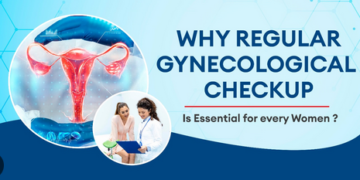
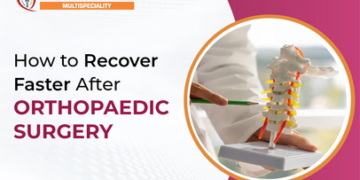

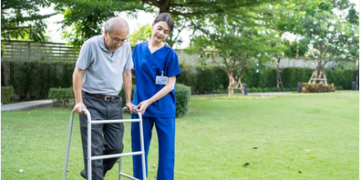
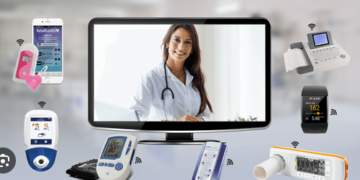




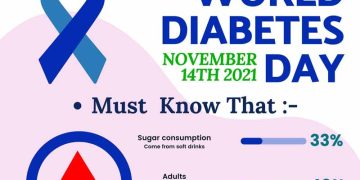








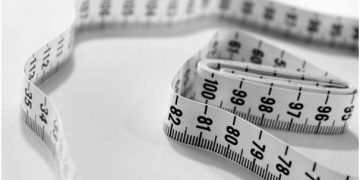















Discussion about this post